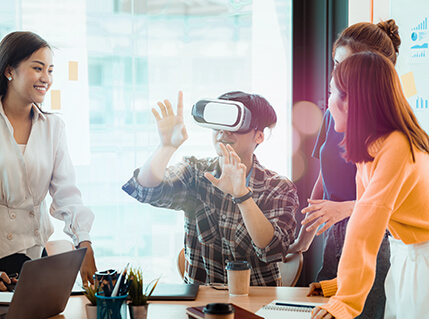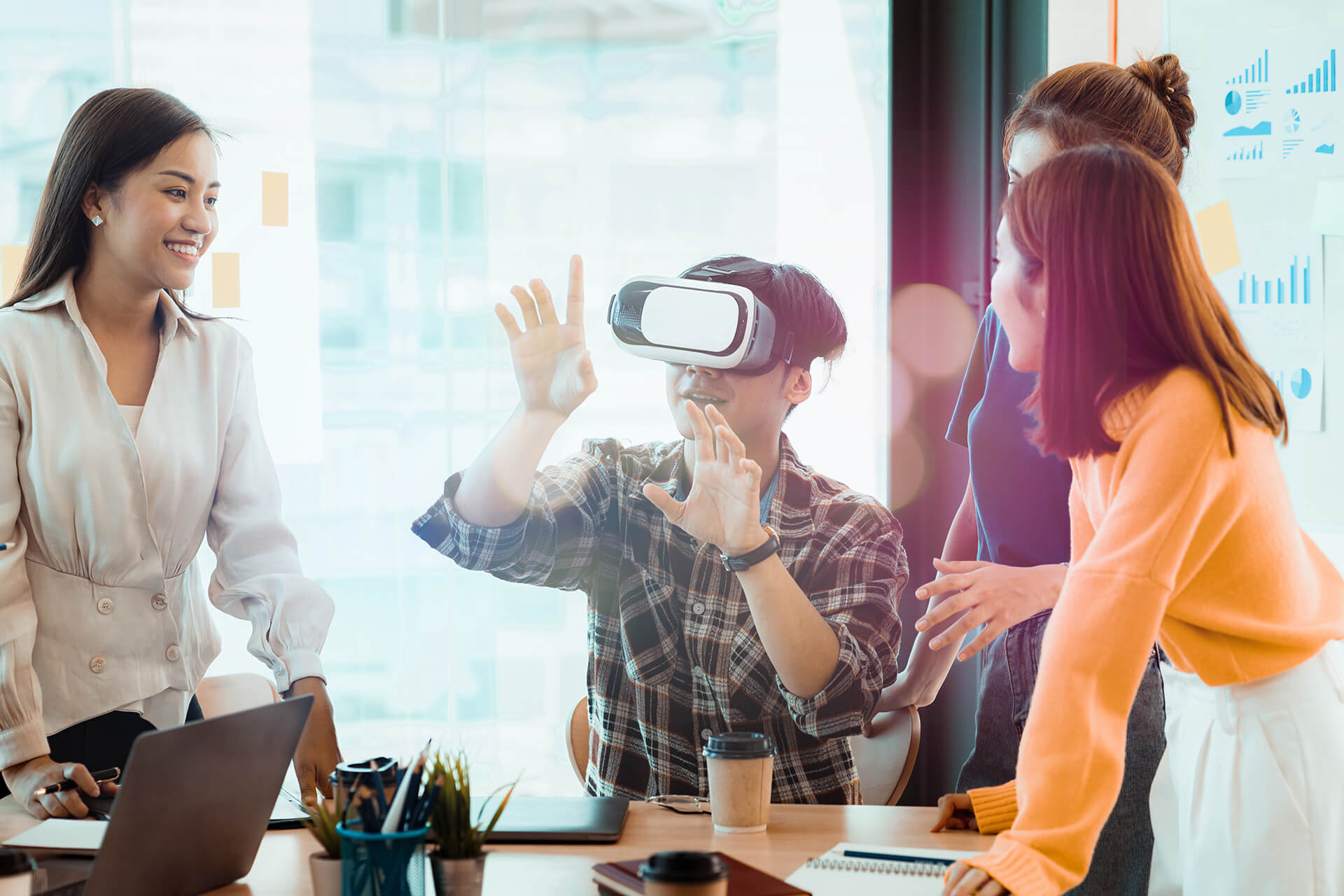The Future of Collaboration: Emerging Technologies and Trends to Watch


The Future of Collaboration: Emerging Technologies and Trends to Watch
Collaboration is an essential element of today's business landscape. With remote work and distributed teams becoming increasingly common, collaboration has become more critical than ever. While traditional collaboration tools such as email and instant messaging have played an essential role in connecting teams, new technologies and trends are emerging.
In this blog post, we will explore some of the emerging technologies and trends that are shaping the future of collaboration.
Virtual and Augmented Reality
Virtual and augmented reality (VR/AR) technologies are rapidly advancing, and they have the potential to transform collaboration. With VR/AR, teams can collaborate in immersive, virtual environments, which can help them work more efficiently and effectively.
For example, VR/AR can be used for virtual meetings and presentations, allowing participants to interact with each other in a virtual space, rather than over a video call. AR can be used to provide remote assistance, where experts can provide guidance to technicians in the field via an AR headset.
Blockchain
Blockchain is a distributed ledger technology that can be used to create secure, transparent, and tamper-proof records. In the context of collaboration, blockchain can be used to create a shared, decentralized database that can be accessed by multiple parties.
For example, blockchain can be used to create a shared ledger for supply chain management, where all participants can track the movement of goods and verify their authenticity. Blockchain can also be used for secure document sharing and digital asset management, where all parties can verify the authenticity of a document or asset.
Internet of Things (IoT)
The Internet of Things (IoT) refers to the network of connected devices and sensors that can collect and share data. In the context of collaboration, IoT can be used to improve communication and automate routine tasks.
For example, IoT can be used to automate scheduling and meeting room booking, making it easier for teams to collaborate. IoT sensors can also be used to collect data on team performance, allowing managers to identify areas for improvement and optimise workflows.
Artificial Intelligence (AI)
Artificial intelligence (AI) is already being used to enhance collaboration, and its impact is expected to grow in the coming years. AI can be used to automate routine tasks, provide insights into team performance, and improve communication.
For example, AI-powered chatbots can be used to handle routine inquiries, freeing up team members to focus on more complex tasks. AI algorithms can also be used to analyse team performance data, providing managers with insights into how to optimise workflows and improve collaboration.
Partnering for Success: How can we help?
Collaboration is evolving rapidly, and new technologies and trends are emerging that have the potential to transform the way we work together. VR/AR, blockchain, IoT, and AI are just a few examples of the emerging technologies that are shaping the future of collaboration. By staying up-to-date with these trends, organisations can gain a competitive advantage and improve their team productivity.
Connect with us today and let’s get the conversation started on what the future of collaboration looks like for your business.
